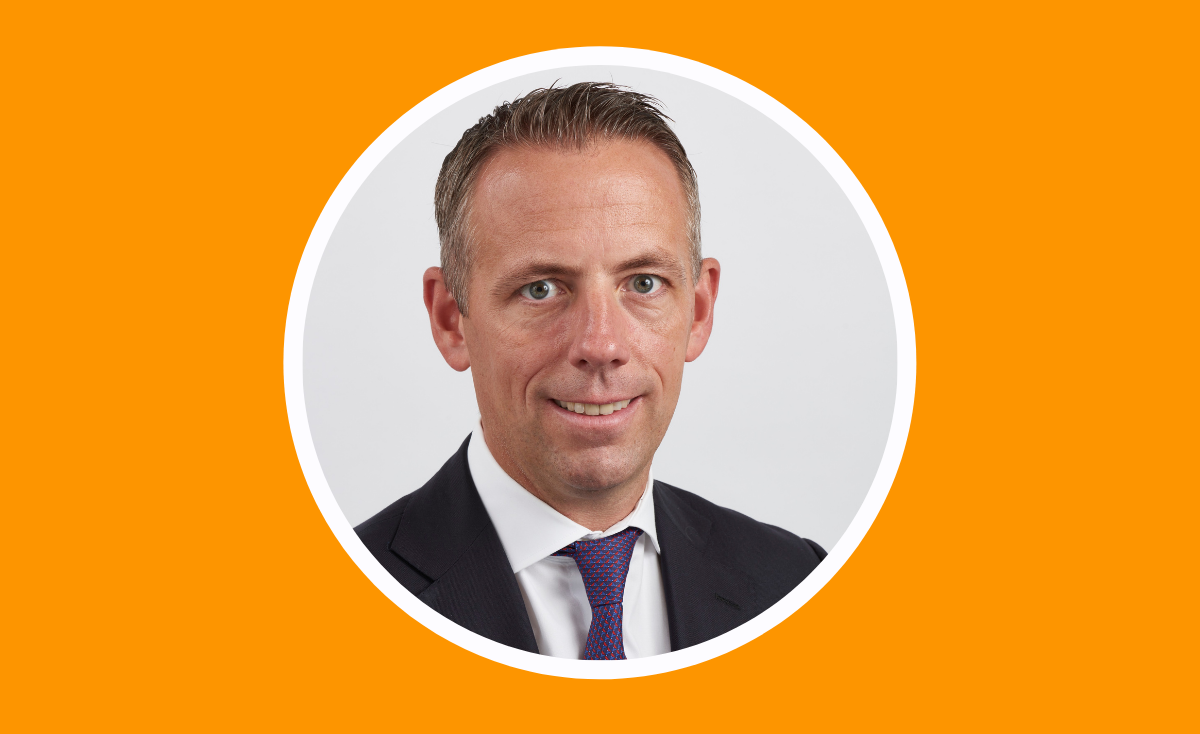
ESG and sustainable investing has become one of the main trends over recent years – but insurers are still confused over where it fits into their schemes and portfolios and what they need to know.
In Clear Path Analysis’s recently released report, several market experts from insurance groups including Aviva, New Re., LV+, ReAssure, explore what ESG trends and themes are key for insurance investment managers to know with co-investment case studies that explore the opportunities between insurers and third parties.
"ESG and sustainable investment funds have grown rapidly
in the past several years."
Eakins explores how the role of managing insurance capital has significantly shifted - or not - for society at large and looks at four key areas: the macro backdrop; the growth of private market assets delving into the need for public and private financing of infrastructure and real estate going forwards, the role of co-investments, and decarbonising economies.
ESG and sustainable investment funds have grown rapidly in the past several years. Morningstar research from last year, showed that in 2020 sustainable open-end funds and ETFs available to European investors attracted net inflows of €233 billion, almost double the figure for 2019.
He says that in terms of the macro backdrop, they are concerned about how central banks have stimulated asset prices. “This is important as the economic outlook has been re-assessed post economies reopening. Economic growth is still going to be positive for 2021 and 2022 on an estimated basis, but it is coming off some of those levels that we saw as economies reopened.”
Eakins adds that dealing with unemployment is key and right now there is a “perfect storm of chronic labour shortages.” In the US, according to the UN, the number of total job openings exceeded 11 million in the third quarter of 2021 and stood at over 10.4 million in August, with the vacancy rate reaching 6.6%.
“There is no doubt that we are now on a path to normalisation of policies from central banks that markets, and central banks can have wobbles at the last minute. We are mindful of the market volatility that will come about as central banks try to normalise policy.”
"Insurance capital can be used over the long term for the benefits
of policy holders, shareholders, and society."
Eakins lists inflation as key to several of his themes. “It is my view that the market pricing of inflation being wholly transitory is complacent,” he says. In February, the Bank of England said it expected inflation to fall within the coming months.
He says that insurance capital can be used over the long term for the benefits of policy holders, shareholders, and society. “Insurance capital also has a key role in the decarbonisation agenda,” he says. “This can only happen if quality collaboration takes place between insurance companies, regulators, policy makers and the companies that we ultimately invest into.”
A green upgrade is required to protect the future, he says. “The way we approach this at Phoenix, is about asking how we co-invest our insurance capital to deliver on these areas. If we think about the investment demands, we have committed to decarbonise our asset portfolio or to take it to carbon net-zero by 2050.”